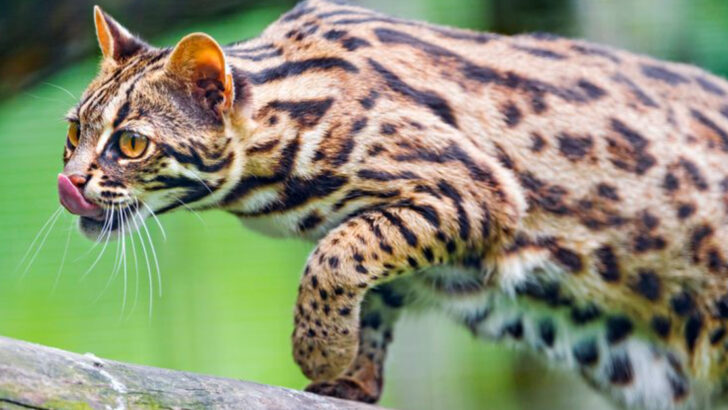Bengal cats are breathtaking, but don’t be fooled by their wild beauty—these felines are not your average house pet. They are bold, demanding, and have a mind of their own, which can make them a dream or a nightmare, depending on what you’re looking for in a cat.
Think you want one? Be prepared. Bengals don’t just lounge around waiting for treats—they need adventure, stimulation, and a human who can keep up. They climb higher, play harder, and talk louder than most other cats. If you’re expecting a cuddly lap kitty, this might not be the breed for you.
But for the right person, a Bengal is an incredible companion. They bond deeply, love to learn tricks, and bring endless energy into a home.
So, is a Bengal cat the perfect fit—or a wild mistake? Let’s dive into the reasons why this breed isn’t for everyone, but might just be right for you.
High Energy Levels
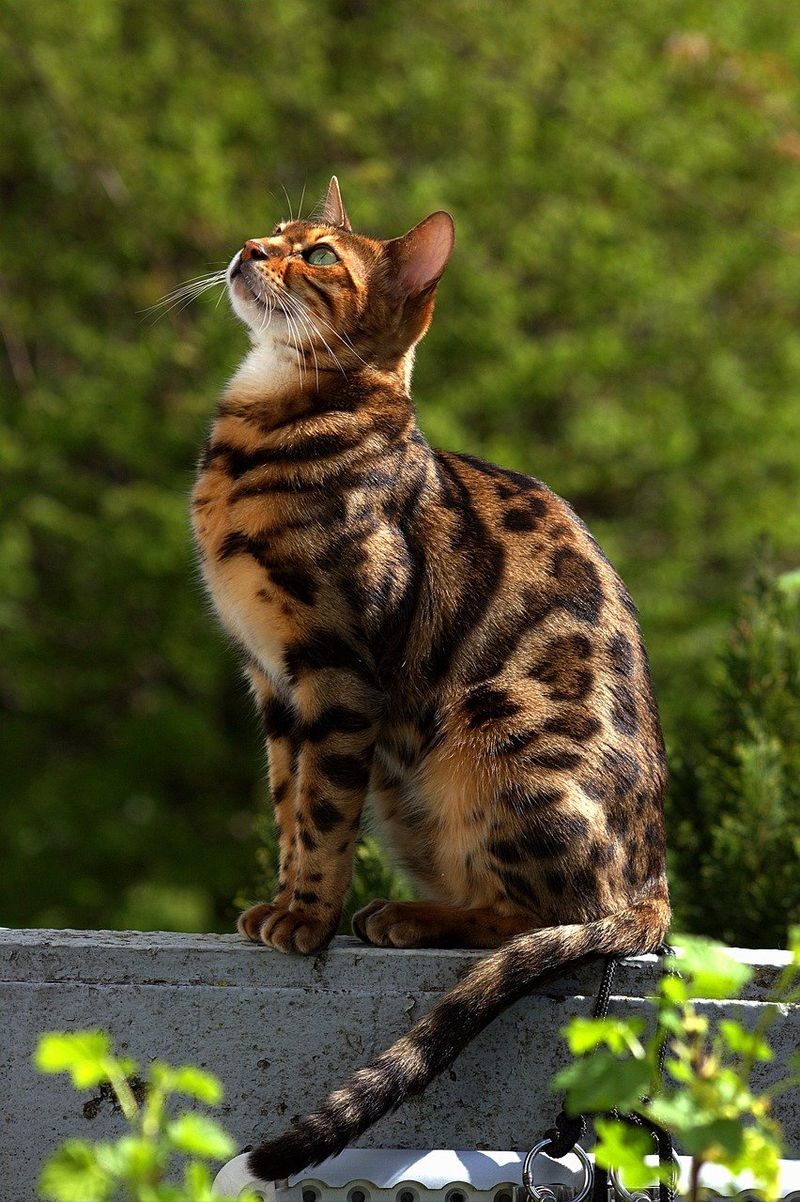
Bengal cats are renowned for their high energy levels, making them more active than many other domestic cat breeds. They require ample playtime and mental stimulation to keep them satisfied and avoid boredom.
Owners should be prepared for a daily routine filled with interactive play sessions and engaging activities. Without enough stimulation, Bengals may resort to destructive behaviors to channel their energy.
Therefore, a household that can devote time and energy to meet their active lifestyle is essential for a Bengal cat’s well-being.
Vocal and Demanding
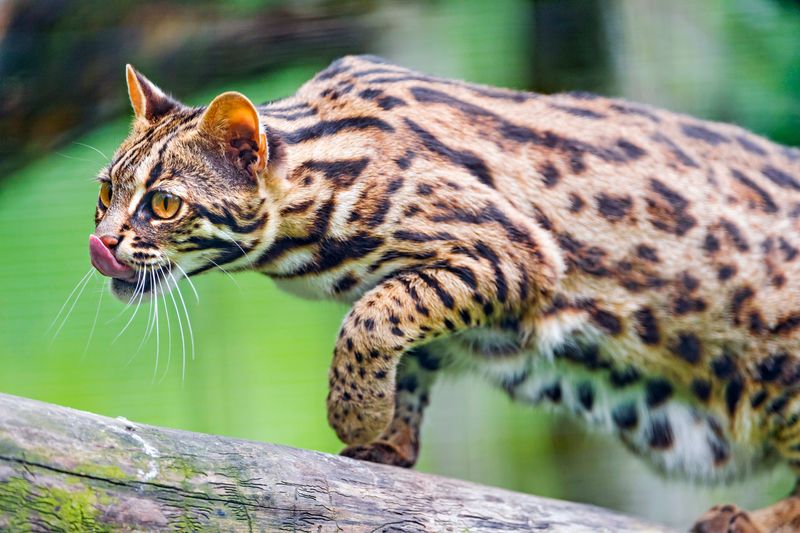
Bengals are known for being quite vocal, often communicating their needs and desires persistently. Their vocalizations can range from chirps to loud meows, demanding attention from their owners.
This trait might be charming for some, but it can be overwhelming for those who prefer a quieter pet. Understanding and interpreting their various sounds is a part of the Bengal ownership experience.
If constant feline chatter is not your preference, a Bengal might not be the best fit for your household.
Intelligence and Curiosity
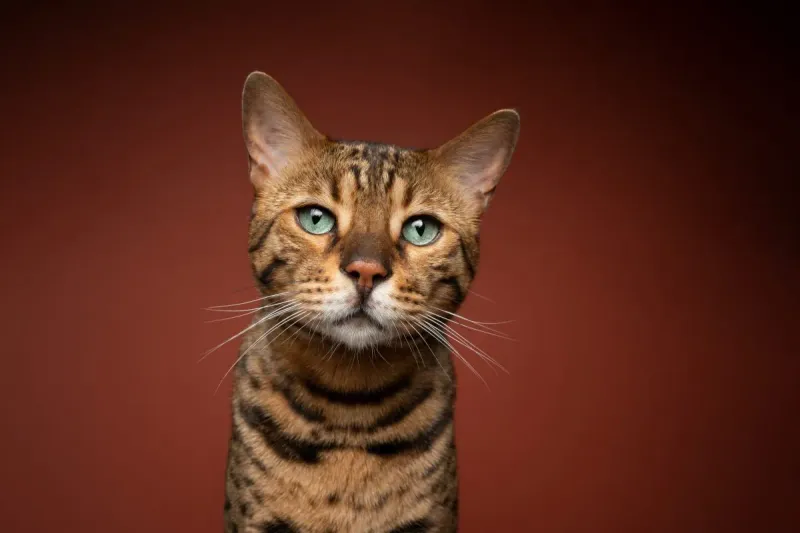
Bengal cats are incredibly intelligent and curious creatures, always eager to explore their surroundings. This curiosity can lead them into trouble if homes aren’t adequately “cat-proofed.”
They can open doors, drawers, and sometimes even cabinets, so securing potential hazards is crucial. Providing puzzle toys and interactive games can help satisfy their intellectual cravings.
For those who enjoy a pet with a sharp mind and inquisitive nature, a Bengal cat offers endless entertainment and companionship.
Need for Space

Unlike some cat breeds, Bengals thrive in environments where they have plenty of space to roam and explore. A cramped living area might not suffice for these active felines.
They enjoy climbing and often require tall cat trees or shelves to satisfy their need for vertical space. Access to outdoor areas, like a secured yard or catio, can significantly enhance their quality of life.
Those living in small apartments may find providing adequate space for a Bengal challenging, making them better suited for larger homes.
Grooming Requirements
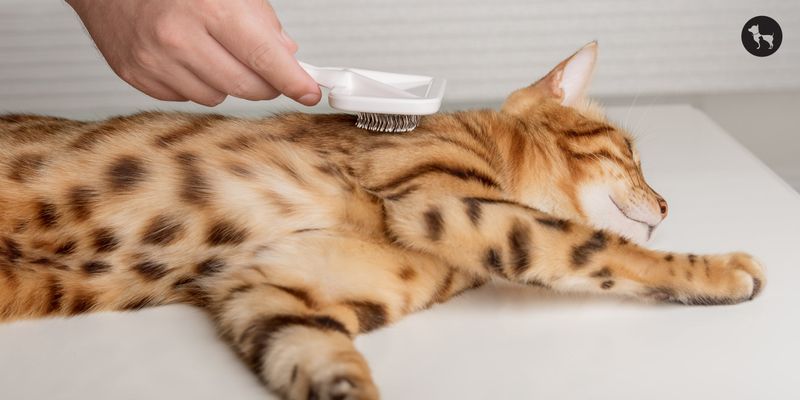
Bengal cats have short, sleek coats that require regular grooming to stay in top condition. Although they groom themselves like other cats, occasional brushing helps reduce shedding and hairballs.
Their coats are prone to matting, especially in indoor environments, so regular maintenance is necessary. Bathing is not usually required unless they get into something messy.
Owners should be prepared to spend time brushing their Bengal cat weekly to maintain its beautiful, shiny coat.
Social Nature
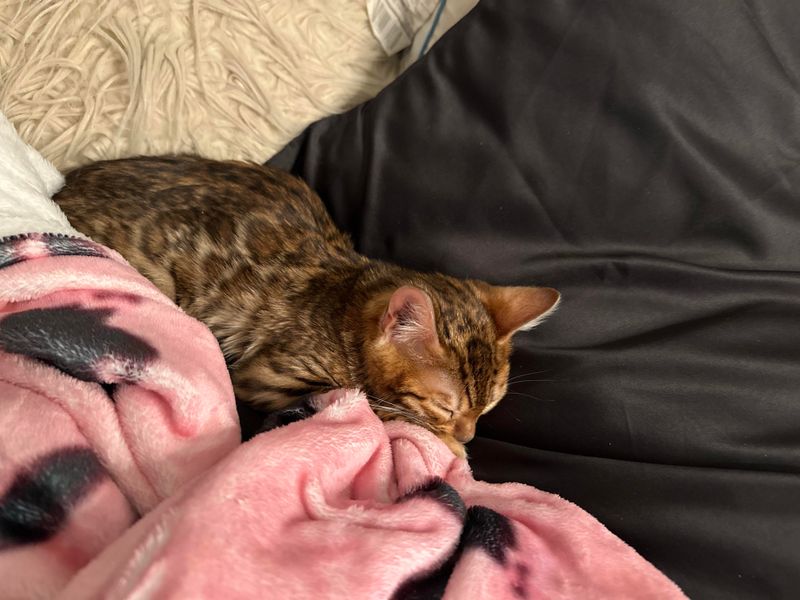
Bengals are known for their social nature, preferring to be in the company of their family members. They often follow their owners around the house, seeking interaction and affection.
Their sociable behavior extends to other pets, making them generally good companions for dogs and other cats. However, they might become lonely if left alone for extended periods.
Prospective owners should consider their schedule and social environment to ensure their Bengal cat receives the attention it craves.
Hunting Instincts
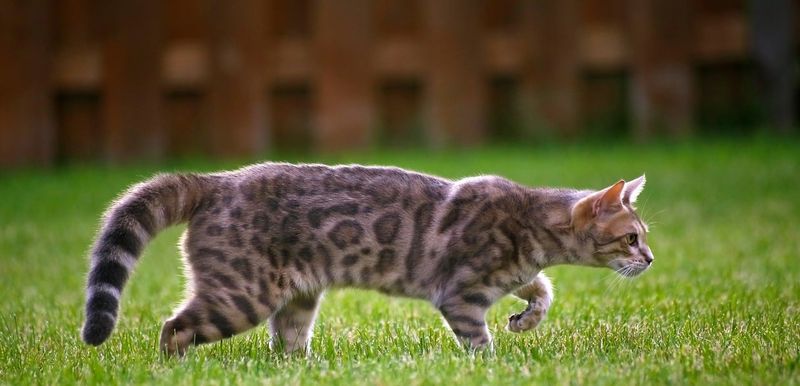
The Bengal cat’s ancestry includes wild Asian leopard cats, which is reflected in their strong hunting instincts. They love to chase, pounce, and capture toys, mimicking natural hunting behavior.
This drive means they may not be ideal for homes with small pets like birds or rodents. Ensuring safe spaces for such pets is crucial if a Bengal is part of the household.
Providing appropriate outlets like interactive toys can help Bengals satisfy their predatory instincts in a positive manner.
Health Considerations

Bengal cats are generally healthy but can be prone to specific genetic conditions, such as hypertrophic cardiomyopathy and progressive retinal atrophy.
Regular veterinary check-ups are essential to monitor and maintain their health. Responsible breeders will screen for these conditions, reducing the likelihood of inherited issues.
Potential owners should be aware of these health considerations and ensure they have access to quality veterinary care to address any health concerns promptly.
Financial Commitment
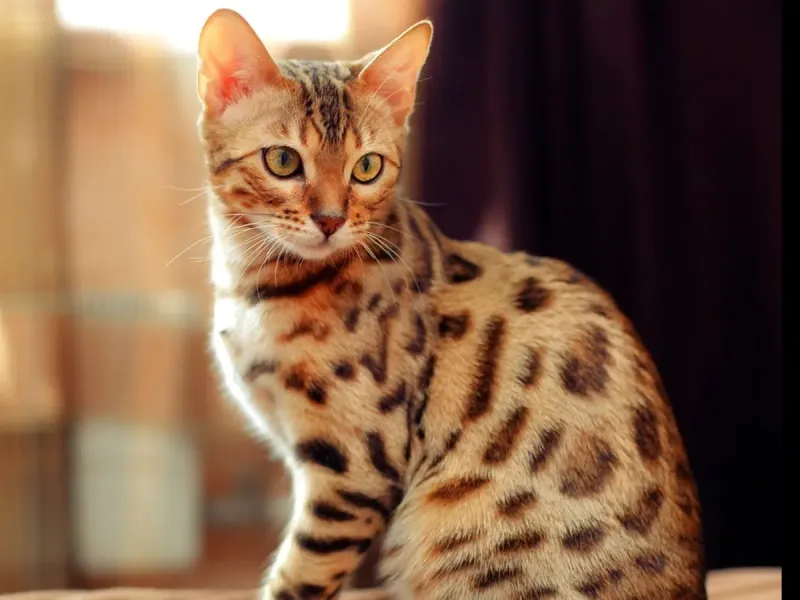
Owning a Bengal cat can be a significant financial commitment. Initial costs include purchasing from a reputable breeder, along with ongoing expenses such as high-quality food, toys, and regular veterinary care.
Their active nature means they often require durable toys and stimulating environments, adding to the cost. Pet insurance might be advisable to cover unexpected health issues.
Prospective owners must consider their budget to ensure they can provide a Bengal with the lifestyle it requires.
Temperament Variability
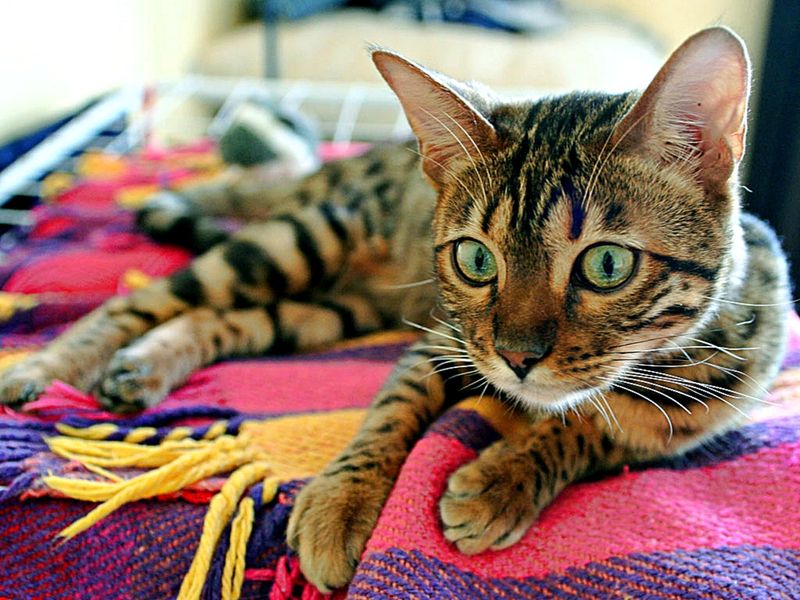
Bengal cats can vary widely in temperament, ranging from highly affectionate to more independent. This variability means potential owners should spend time with a Bengal before adoption.
Some Bengals may prefer constant companionship, while others might be more aloof. Understanding and matching their personality to your lifestyle is key to a harmonious relationship.
A Bengal cat’s temperament should align with the household’s dynamics to ensure mutual happiness and satisfaction.
Unique Appearance

The Bengal’s striking appearance is one of its most appealing features. Their coats display beautiful spots or marbling, reminiscent of a wild cat. They often have glittering fur that shines in the light, adding to their allure.
This exotic look attracts many potential owners, but it’s important to remember that beauty comes with responsibility.
Caring for a Bengal’s distinctive coat requires commitment, ensuring it remains healthy and vibrant. Their appearance is undeniably captivating, but it’s their personality that truly determines their suitability as a pet.

